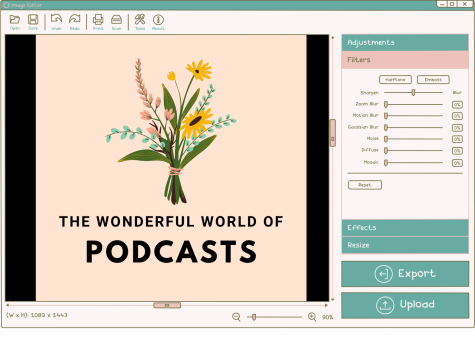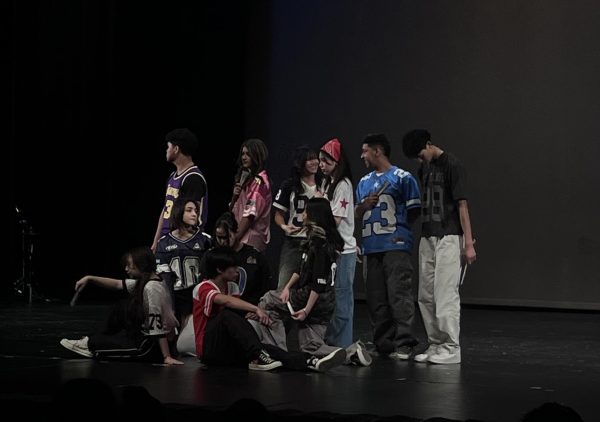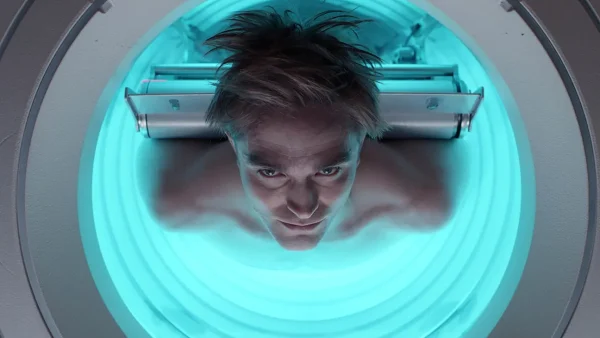Sex Education – Out with the Old, In with the New
Talking about the Elephant in the Room
Let’s talk about sex.
Yes, sex. The big elephant in the room that’s slowly becoming more and more noticeable each day in the United States. Sex. More specifically, sex education. It’s a topic many shy away from, something we avoid discussing in hopes that everyone will just figure it out eventually, right? Wrong.
According to the American Medical Association (AMA) Journal of Ethics, each and every day in the United States 10,000 teens contract an STD, 2,400 get pregnant, and 55 contract human immunodeficiency virus (HIV). The idea of brushing such staggering statistics under the rug seems impossible, and yet, it happens. The harsh truth is that only 13 states require sex education to be medically accurate, 19 require information about contraception be given, and only 9 are inclusive for all sexual orientations. Even more surprising than that is only half of the nation mandates that sexual education even be taught in schools. This poses the question – how are teens expected to make informed decisions about sex if the knowledge they are receiving is so severely lacking?
Throughout the United States, sex education is taught primarily in two ways: a) it is not taught at all or b) abstinence-only is the focal point of the course. Both of these approaches leave a lot of room for teenage interpretation of health literacy. If taught nothing at all, adolescents might look to the internet or other sources that supply incorrect information, leaving many at risk for contracting an STD or accidental pregnancy. An abstinence-only approach also has its fallbacks. Teaching a strong “no” stance about sex doesn’t help those who will say “yes” to sex. The reality is that 44% of young adults will have sex by age 17, according to the Guttmacher Institute. This means that nearly half of our youth population is receiving sexual education that is now no longer applicable to them. Surely we can’t expect young adults to practice safe sex if they lack the knowledge to make informed decisions about it.
“Abstinence before marriage is super important and the only way to 100% eliminate STIs and unplanned pregnancy but, in the end, teens will have sex regardless. We should know this,” shares junior, Dax del Rio, “Abstinence on its own doesn’t work. Giving teens the tools to having safe sex, like teaching about it in school and allowing safe places to talk about sex, is crucial to a teenager’s wellbeing.”
As increased attention is being brought to this issue, re-defining the curriculum for sex ed is making an appearance on the ballot for Utah legislators. The push for a more comprehensive sexual education is on the rise. But what exactly is comprehensive sex education? According to the Sexuality Information and Education Council of the United States, comprehensive sex ed, “includes age-appropriate, medically accurate information on a broad set of topics related to sexuality including human development, relationships, decision-making, abstinence, contraception, and disease prevention.”
In short, teaching abstinence-only sex ed is important, but on its own, it fails to meet the standards for a comprehensive education on a matter that could drastically affect someone’s life. To combat the upward trend of teenage pregnancy, the spread of STIs among youth, and further decrease the prevalence of HIV and AIDS; the education policies currently in place regarding sex need to be reevaluated and reconstructed to give young adults the knowledge they need to make informed decisions.
We’ve entered an era where teaching abstinence-only sex education, or none at all, is not only naive but dangerous. HIV and AIDS may not be as prevalent as they once were, but no one wants to be one of the 55 people who contract it daily. Teenagers deserve to be given the proper tools, knowledge, and resources to make healthy, safe choices.








